4iiii Precision 3.0 105 R7000 single side power meter review
4iiii's third generation power crank is accurate, consistent and very user friendly
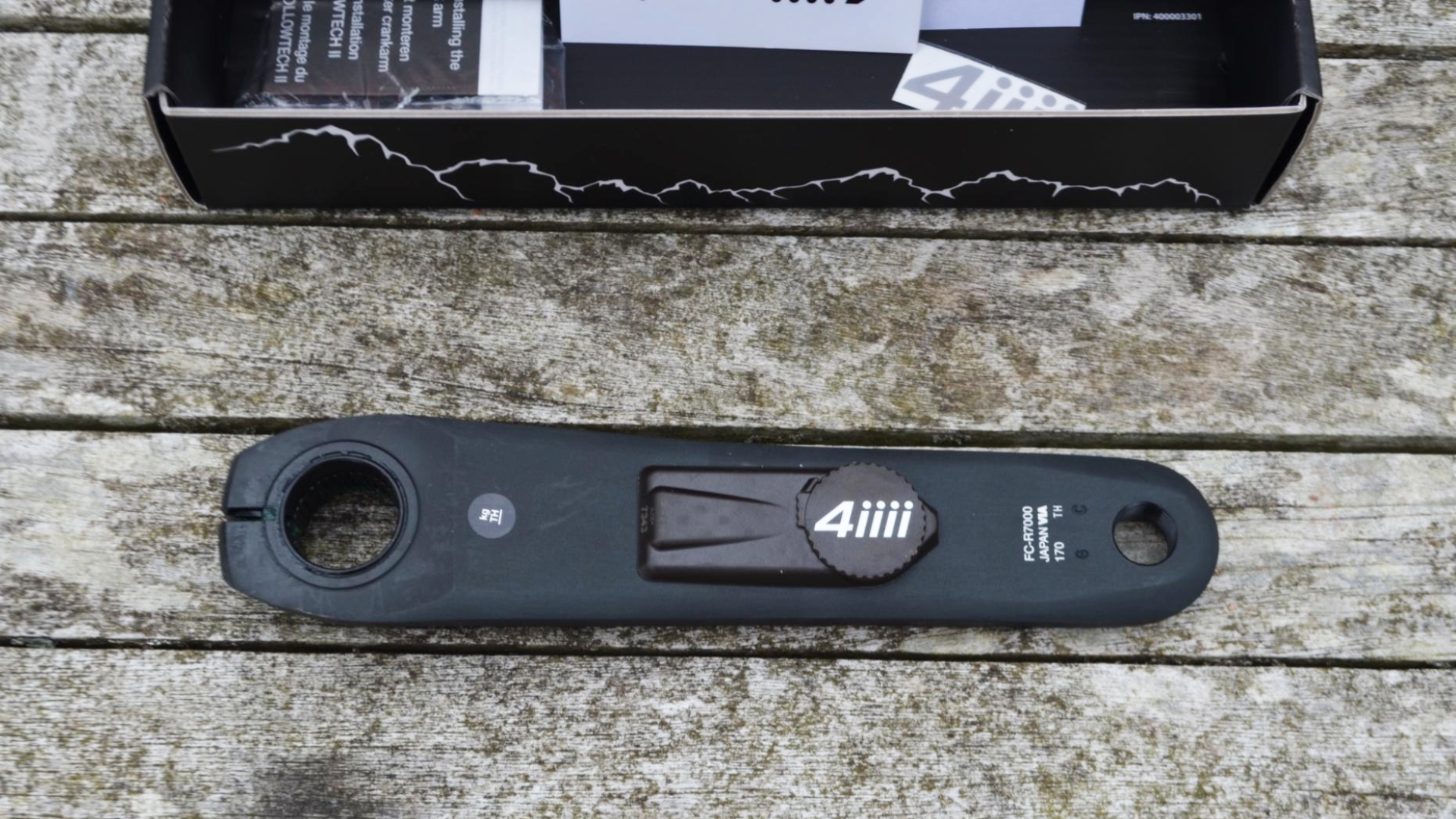
An accurate and consistent power meter that is very user friendly, supremely light weight, easy to fit, and easy to maintain. It can be switched between any Shimano crank equipped bikes be it 105, Ultegra or Dura-Ace. However, for those serious about training, I would suggest to invest that little bit more and get a dual sided power meter. But this is a great option for beginners using power or those on a budget.
-
+
Lightweight
-
+
Easy to install
-
+
Great value
-
-
Power curve appears different to other devices, with high lower to mid-end power and low high-end power
You can trust Cycling Weekly.

4iiii is a Canadian brand which launched its first power meter back in 2015. Since then, it has partnered with Lotto Soudal, British Triathlon, EF Tibco SVB and even manufacturers the power meters for Specialized which have then been previously used by Quickstep Alpha-Vinal and Bora-Hangrohe.
Not too long ago training with a power meter was the perserve of the truly committed racers and those with deep pockets. The prices have since tumbled and now the tech is available at a much lower price point and a feasible option for a much greater range of riders.
The third iteration of 4iiii's Precision single-sided power meter crank provides accurate and consistent readings, and it's great value puts it among the best power meters, especially for those looking to start training with power for the first time or those on a budget.
4iiii Precision 3.0 105 R7000: construction
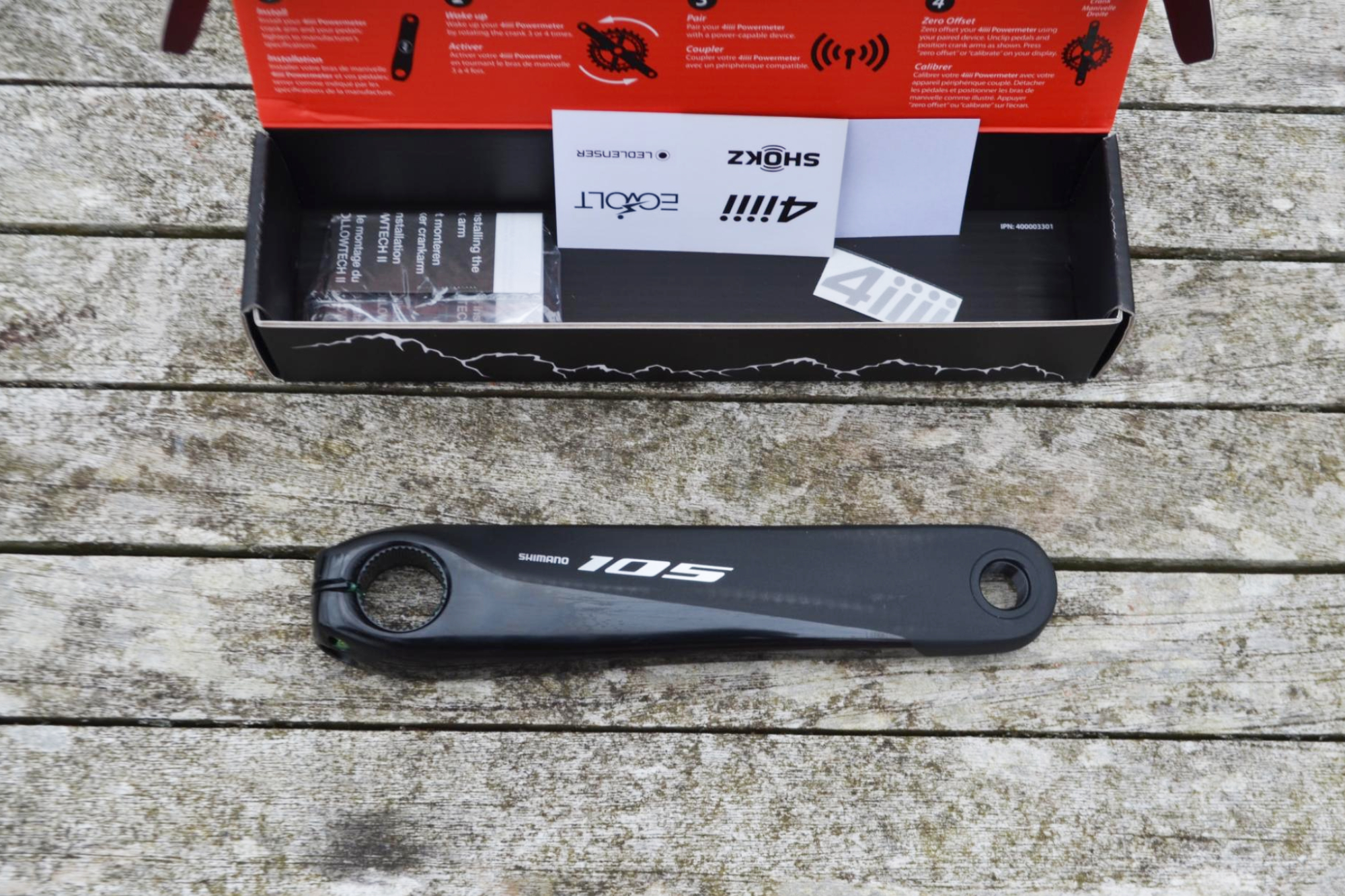
Firstly, it might surprise you to learn that the Precision 3.0 uses the same spec of power meter regardless of whether it’s fitted to the 105 crankset or a Dura Ace one – the differences in between them all stem directly from the price and weights of the Shimano cranks themselves.
The same nine gram pod provides the ‘3D strain gauge technology’ which promises ±1% accuracy. You can either get the factory install done on your own set of cranks – which promises to not leave you hanging with an incomplete crankset for too long – or you can purchase an already fitted power meter onto a crank arm of your choice.
The power meter offers both ANT+ and BLE, so you can use the 4iiii along with your turbo trainer for dual power recording in Zwift races. Or, if you don’t have a smart turbo trainer, the 4iiii provides a relatively inexpensive way to get riding on Zwift with real power numbers.
Fitting the power meter to my bike was very easy, given you have the right tools. All you need is the Shimano ‘butterfly’ crankset preload bolt remover, and a 5mm hex key with a torque wrench able to go up to ~14nm.
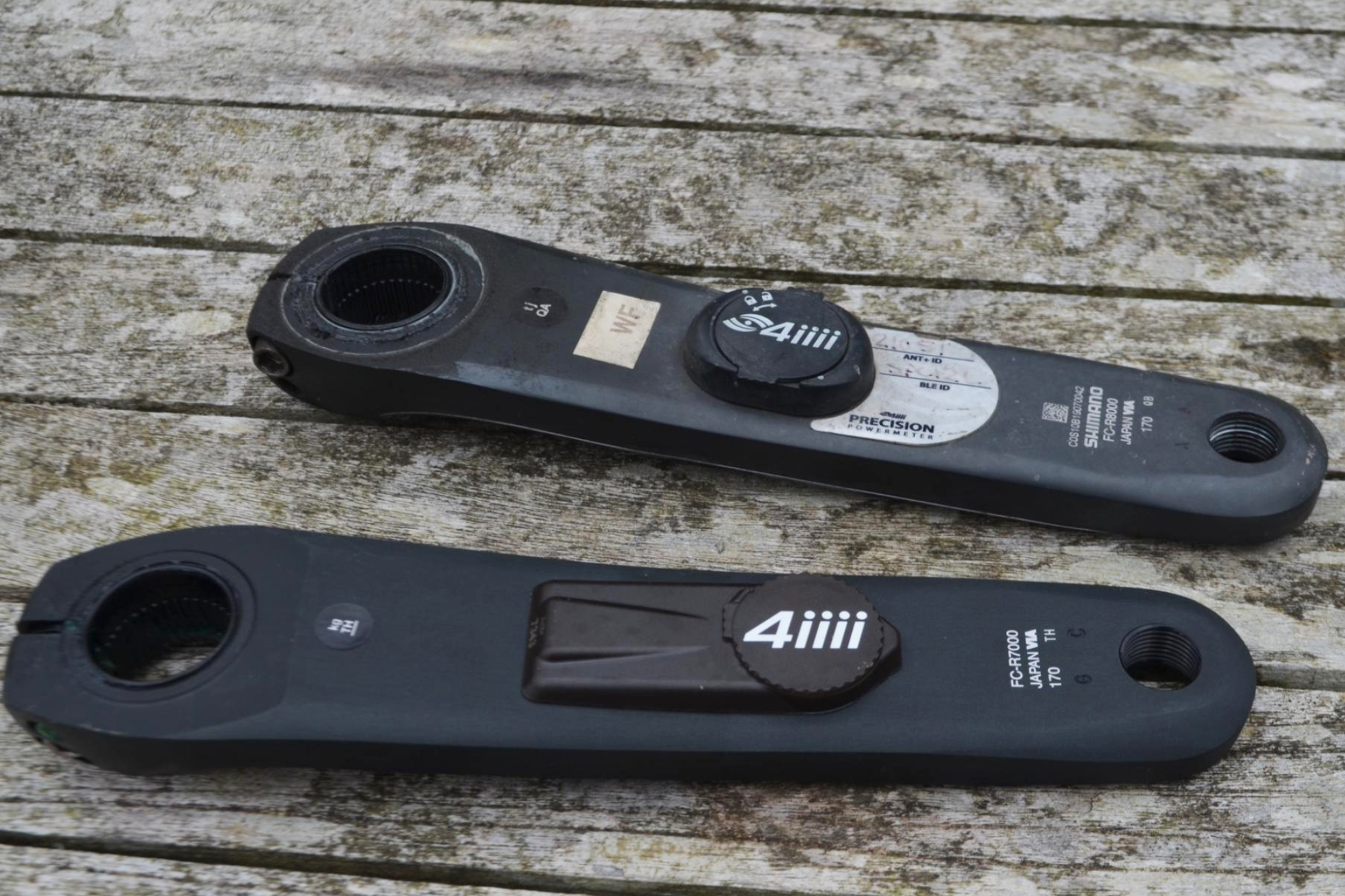
Simply untighten both the 5mm bolts and remove the crankset preload bolt, pull the crank off and fit the new one. Just make sure to tighten up the preload bolt (not too tight though) before tightening the two 5mm allen bolts to 13–14nm and you’re good to go. It’s simple, it’s easy and it’s not messy.
Zero offsetting (or ‘calibration’) is easily done before each ride using a bike computer and setting the power meter at the 6 o’clock position with no force applied to it. You can also do this using the 4iiii app which can be used for software updates and also checking on the battery life, a useful feature.
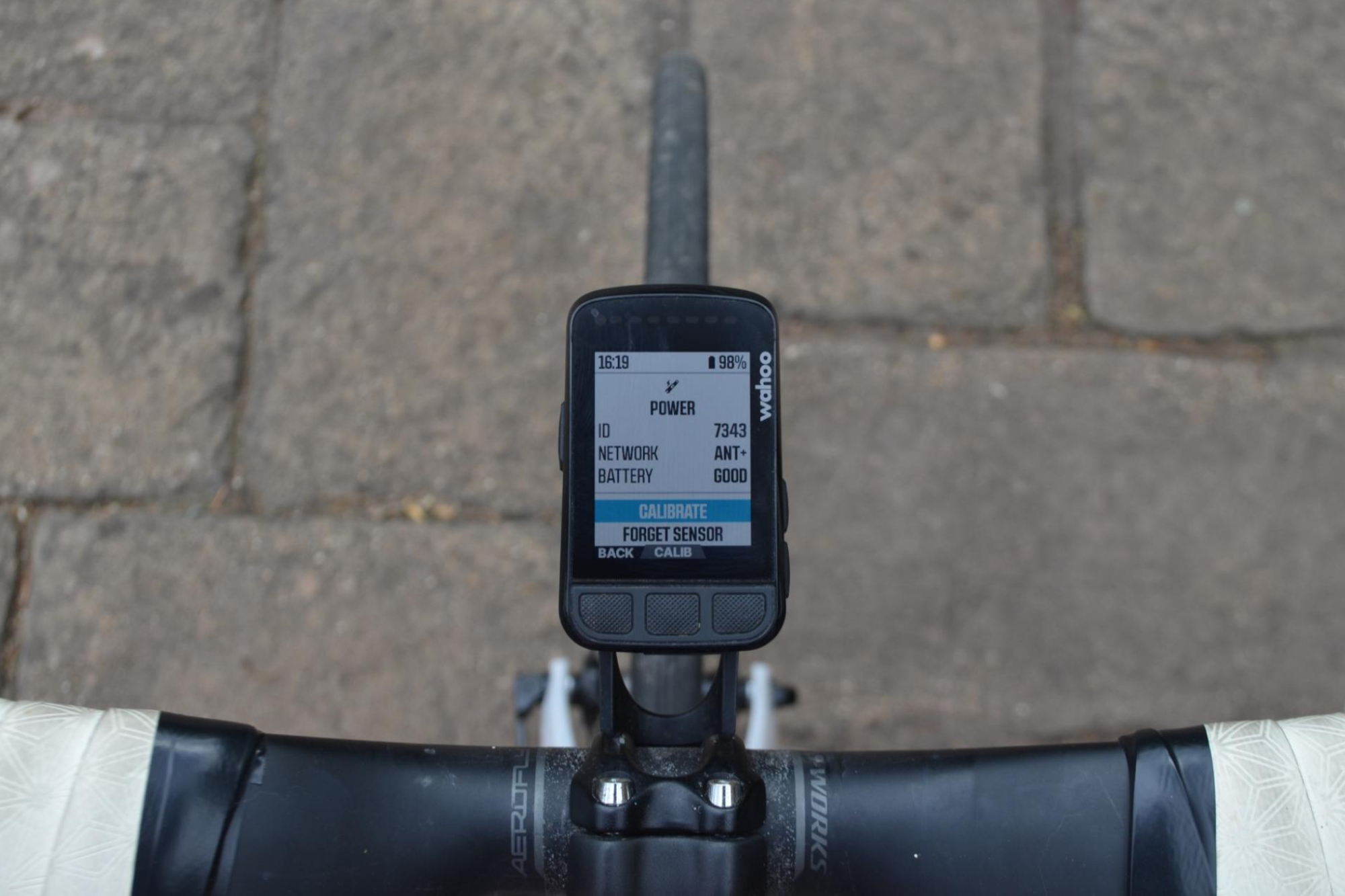
The best way to ensure that this zero offset is done accurately is to leave the bike outside for 10-15 minutes before calibration, so as the temperature is consistent throughout the ride. If calibrating indoors and then stepping into significantly hotter or colder weather, then the power readings can be slightly skewed.
Battery changes are also very easy as the port door requires not much effort to turn and also has a grip around the whole thing. I’ve ridden in the wet and have had no issues with any water getting into the unit. Cold weather is yet to be tested, but previous 4iiii power meters I’ve used never had an issue with lower temperatures.
4iiii Precision 3.0 105 R7000: the ride
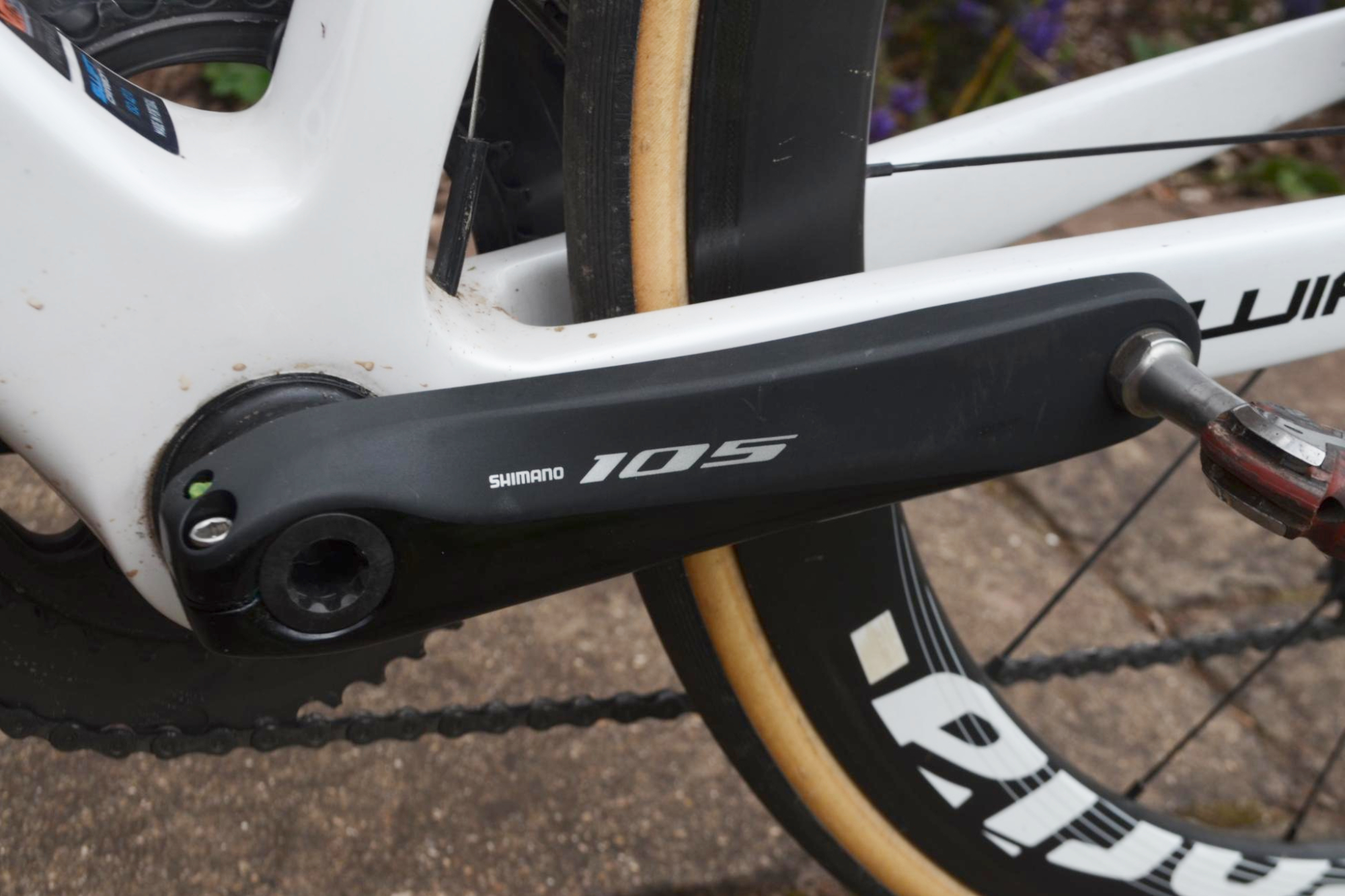
I fitted the power meter to my road bike and did a combination of outdoor rides and indoors sessions to test how it reacted to changes in power as well as temperature. I didn’t have a third party verification for outdoors, but did compare it to a Wahoo Kickr V5 for indoor riding.
Outdoors, the power meter was easy to use. There were a few times when calibration was a bit slow to connect when using an Elemnt Bolt V2 headunit, but overall was easy. I left the bike outdoors for about 10 minutes before riding to allow the power meter to acclimatise as is recommended. Once riding, the power readings seemed a reasonable match for both my heart rate and perceived effort levels – as well as the average speed on the terrain.
There were no drop-outs in power or cadence throughout the rides and the 4iiii reacted very quickly to changes in watts or cadence. I also noticed that the power numbers didn’t vary significantly even after being left in the sun for a good two hours at a cafe stop – and without recalibration or zero offsetting. Very impressive.
Indoors gave me the opportunity to test the power meter a little more precisely. I made a session that involved some on/off efforts to test the speed of the power and cadence changes, an under/over section, a maximal aerobic power section, and a sprint. This gave me a fuller power profile along with the easier sections. None of it was done in ERG due to wanting to avoid any power smoothing. A Wahoo KICKR V5 was used to compare as they have been shown to be very accurate and consistent.
Looking at the power profile from each source of power, it is noticeable that the 4iiii reads higher than the Wahoo by an average of about 10% or around 30 watts for the most part. Interestingly, at higher power levels, such as sprints, the power numbers are much closer between the 4iiii and the Wahoo, implying that the power curve may be slightly different between devices.
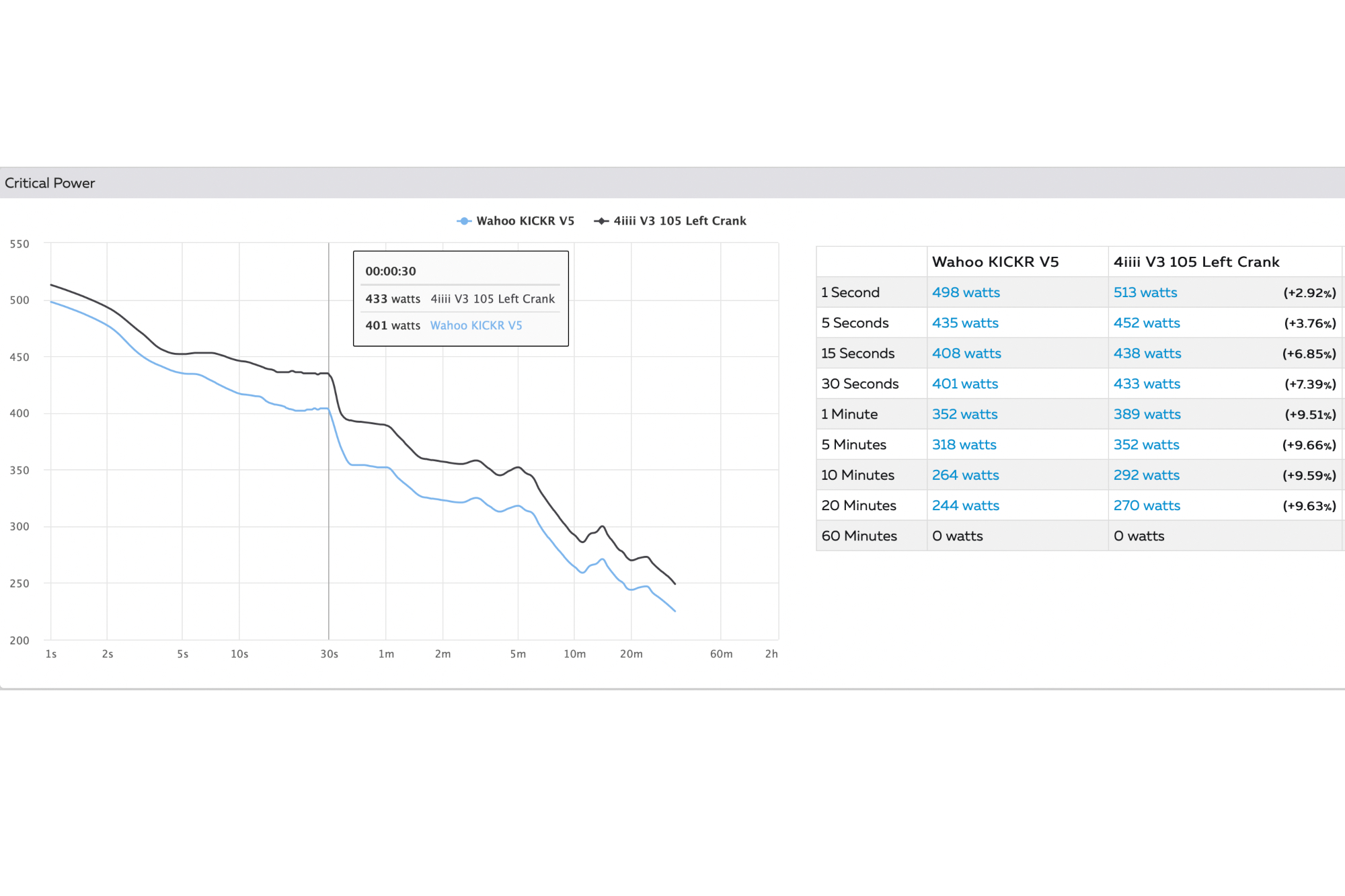
This occurred on repeat testing, but fortunately both remained accurate to themselves, with the power difference between the two devices being consistent test to test.
Accuracy of a power meter is important, especially for E-racers where power readings have a direct result on race results, but reliability is arguably more important for most people. A power meter could read 100w when in fact you are doing 120w, and then 120w when doing 140w. In this scenario, the slope of the power meters would be the same, as they both increase in a linear amount by the same wattage.
Sometimes, though, the slopes are not the same. In this case, 100w when doing 120w becomes 200w when doing 240w – rather than 220w, which is what you would expect if the slopes were the same.
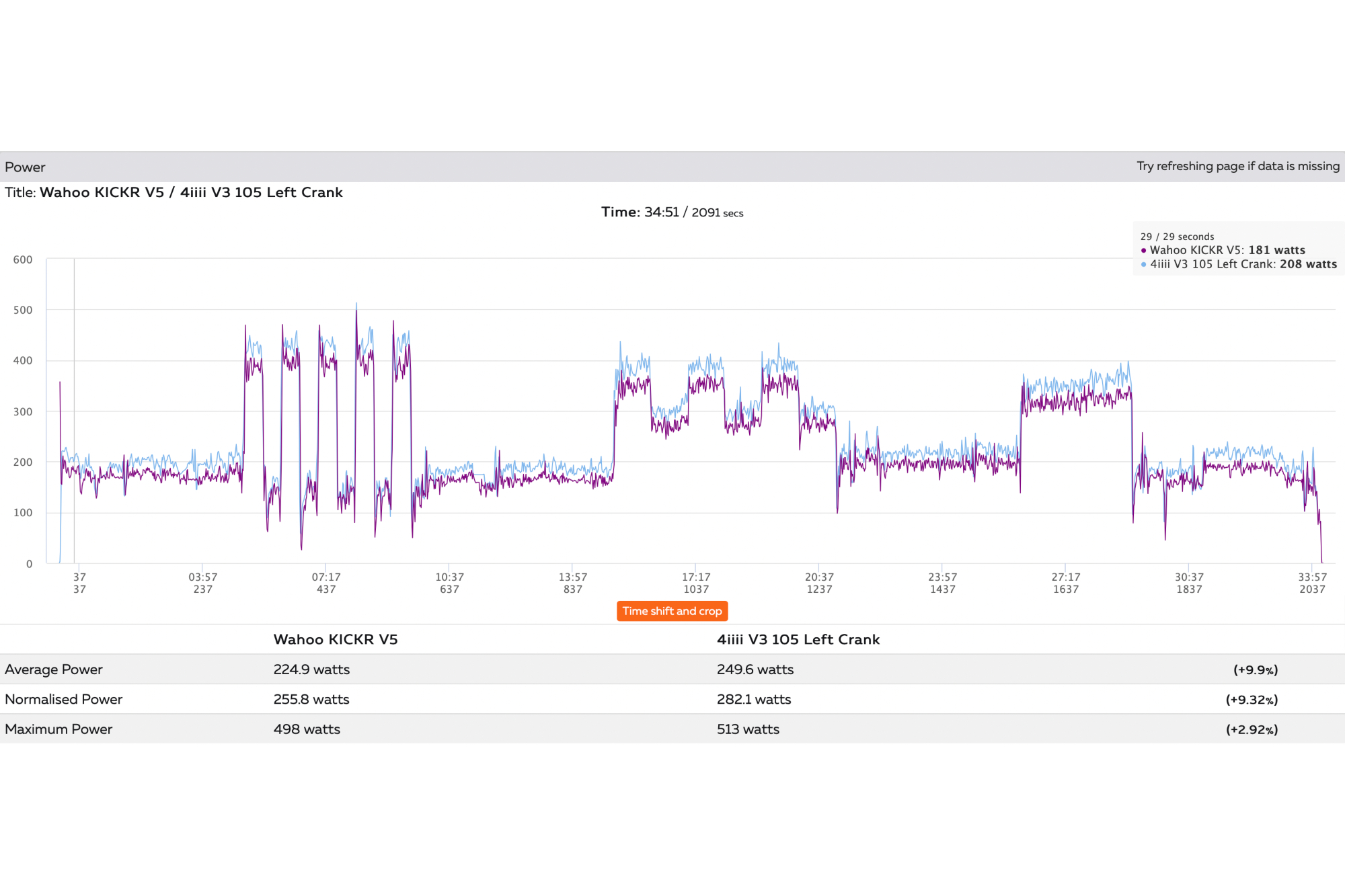
But accuracy to itself is really the most important aspect in a power meter for training. If your power meter always reads 100w when you are doing 120w, that is important, as any improvements made will be measurable. If the power meter is not accurate, then your power reading could be higher or lower when your actual power output in reality has not changed. Better to have a consistent wrong number, than a number that’s not consistent.
Another factor to bear in mind as to why the 4iiii might read higher than the KICKR is the placement of the power meter. The closer to the foot a power meter is, the higher the power reading. Some power is lost through the pedal axle, some through the crank arm, then the spider, chainrings, chain, and cassette. So, a power meter at the hub, such as the KICKR, will have lost some watts through components and drivetrain efficiency compared to the 4iiii, which is located at the crank arm.
A final aspect to consider is asymmetry. Being single sided, power is measured for the left leg, then doubled. So 100w measured becomes 200w on the readout. This is fine for those with 50/50 balance, and even with a slight imbalance, it still remains accurate.
However the issue is that pedalling asymmetry is very unlikely to be consistent. A range of 45/55 between legs is not uncommon, but at different power levels that balance can change. So at Zone 1 intensity, it may be 40/60, at threshold it may be 49/51, and when sprinting could be 55/45.
Then there’s the issue that fatigue can impact pedalling asymmetry. So at the start of a ride at threshold, you may be 49/51, but if you tried to hold threshold power at the end of a hard ride, it could be 44/56, or 56/44. It’s variable and that’s a big issue with single sided power meters even though they offer very good value.
For beginners I think they offer a very good insight into training with power and learning more about that. But for those very serious about their training and more accurate data, I would always suggest going for dual sided power readings.
4iiii Precision 3.0 105 R7000: value
The price of power meters has come down drastically in the last few years. $334.99 /£324.99 for a ready to ride single sided power meter is good value, however the older outgoing model was a fair chunk cheaper!
Of crank-based single-sided models, Stages' comparable power meter retails for $324.99 / £324.99, which makes the list price a little cheaper in the US – although the 4iiii model does get discounted fairly regularly, so at times it may still be cheaper.
The SRAM Rival AXS power meter is a quite a bit cheaper at £230.00 / $263.00, but this only fits SRAM AXS cranks – so your decision to go for that or this 4iiii power meter is wholly dependant on your crankset rather than the price. Worth being aware of, though.
Pedal-based single-sided power meters from Favero (Assioma) and Garmin (Rally) are more expensive at $427.49 / £449.00 and $649.99 / £549.99, respectively. However, these power meters will fit every bike and won't limit you to a particular groupset – whether these are actually better value or not depends on your needs and requirements.
Overall, the 4iiii Precision 3.0 105 R7000 is one of the cheapest power meters out there, while the regular discounts makes it cheaper still.
4iiii Precision 3.0 105 R7000: conclusion
This is one of the lightest power meters you can get on the market and is compatible with Shimano cranksets, making installation is very easy, to the point of being feasible for switching between bikes. For getting started training with power – or expanding your stable of power-reading bikes – this is a great and inexpensive option.
The only caveat is that single sided power meters are almost never going to be as accurate as dual sided. So although a great introduction into training with power, for those very serious about it and wanting to accurately assess and track performance, dual sided is essential.
4iiii Precision 3.0 105 R7000: specs
- Weight: 9g additional
- Accuracy: +/-1%
- Connectivity: BLE and ANT+
- Battery life: 800 hours with CR2032
- Cadence range: 30-170RPM
- Watt range: 0-4000w
- Temperature range: 0-50 degrees working range
- Waterproofness: Fully waterproof
- Warranty: 3 years

Thank you for reading 20 articles this month* Join now for unlimited access
Enjoy your first month for just £1 / $1 / €1
*Read 5 free articles per month without a subscription

Join now for unlimited access
Try first month for just £1 / $1 / €1
Get The Leadout Newsletter
The latest race content, interviews, features, reviews and expert buying guides, direct to your inbox!
Andy is a Sport & Exercise Scientist, fully qualified and experienced Cycling Coach, Sports Director, Freelance Writer, and Performance Consultant. He spent 3 years riding for a UCI cycling team and 7 years as a BC Elite rider, competing in prestigious events such as the Tour of Britain and the Volta a Portugal.
Graduating with a first-class honours degree in Sport & Exercise Sciences, he continues to pursue his interest in research in the field of Sport Science alongside managing his coaching business, ATP Performance. He also works as a Wind Tunnel operator and Performance Consultant at the Silverstone Sports Engineering Hub, working with individuals, teams, and businesses to optimise performance and develop products.
-
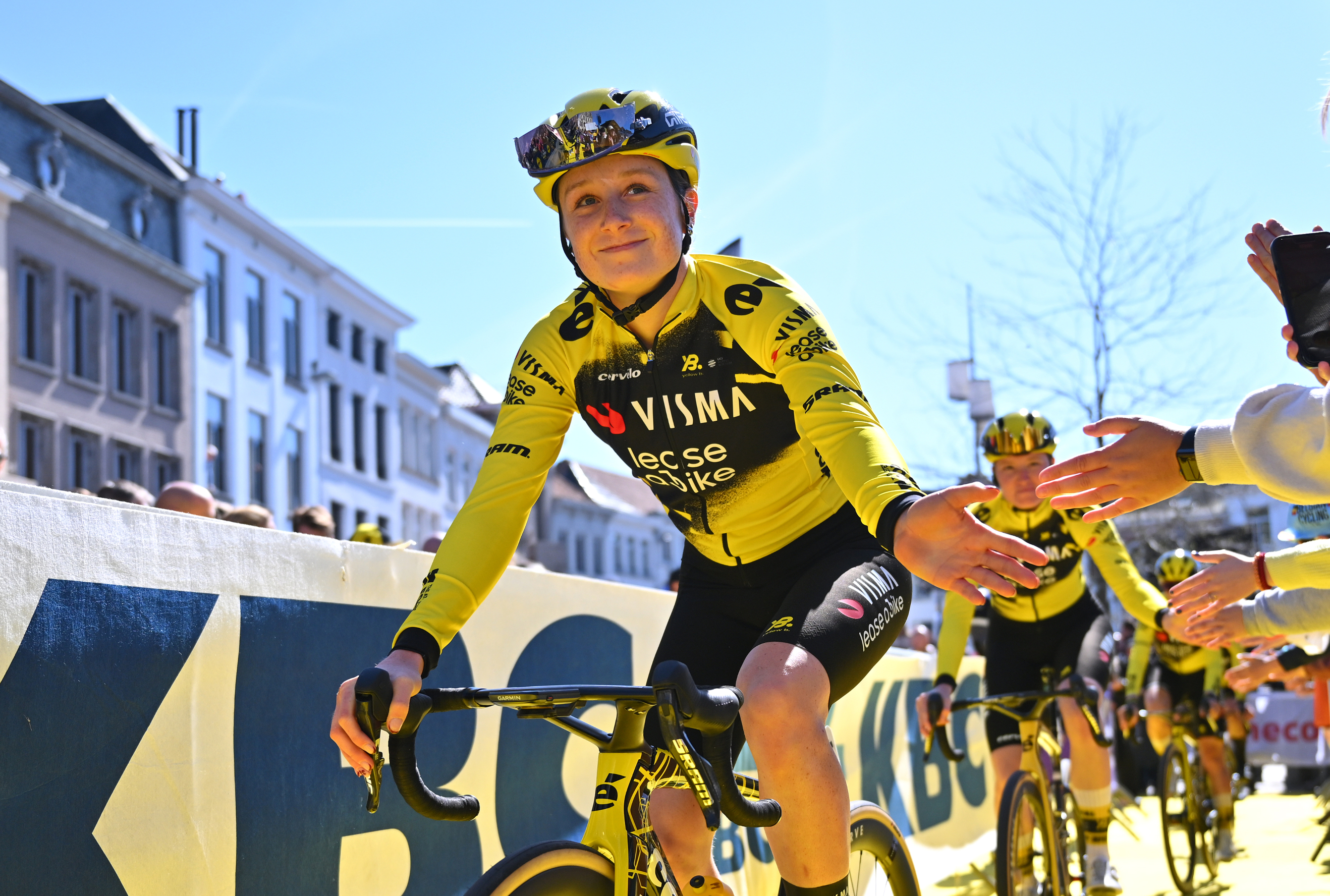 'It's really surreal that now I'm part of it' - 19-year-old Imogen Wolff set to go from spectator to racer at Paris-Roubaix
'It's really surreal that now I'm part of it' - 19-year-old Imogen Wolff set to go from spectator to racer at Paris-RoubaixBrit first came to see the 'Hell of the North' when she was six
By Tom Davidson Published
-
 I ran Paris-Roubaix’s Arenberg sector and now I never want to cycle it
I ran Paris-Roubaix’s Arenberg sector and now I never want to cycle itThe five-star stretch of the Hell of the North was not an ideal surface for a 4.5km run, but it made for an interesting time
By Adam Becket Published
-
 Gravel World Championships to take place in the Netherlands after Nice pulled out
Gravel World Championships to take place in the Netherlands after Nice pulled outBiggest UCI gravel event was initially scheduled to take place in Nice
By Tom Thewlis Published